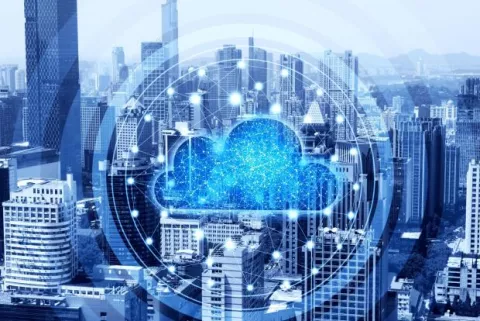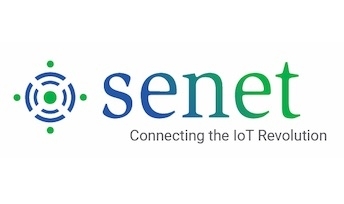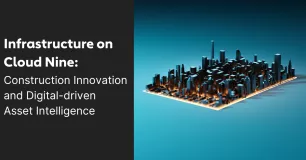
Download our FAQ! Developed with our partner MeterSYS, this FAQ document addresses municipalities and utilities' opportunities to improve and enhance service delivery with sensor-enabled solutions.
With a need to do "more with less" to improve service delivery and closely monitor their infrastructure and environment, cities, counties, and utilities are turning to low-cost and secure wireless network services to run and manage multiple smart city and utility applications.
In some instances, an advanced water metering infrastructure is a starting point. Still, flexible network deployment models and a vast ecosystem of infrastructure and environmental sensors allow you to choose what is best for you.
Q: What should you consider when evaluating an IoT network service provider for critical infrastructure and essential business solutions?
A: Operators of public and private LoRaWAN networks supporting applications for utilities, industries, municipalities, or any other segments in the commercial IoT markets must deliver the quality of performance essential to the needs of their customers without compromising Quality of Service (QoS) and technical flexibility.
From providing solutions engineered through experience, to delivering tools and services for prototyping, to testing IoT devices for interoperability, your network service provider must be able to support all phases of education, innovation, validation, deployment, scale, and maintenance.
To support your unique business requirements, network service providers must also be capable of designing, deploying, and managing networks in public, private, and hybrid configurations. In addition, the ability to support multiple applications is also critical in helping your ability to take full advantage of the benefits an advanced IoT infrastructure can provide.
Lastly, IoT networks serving critical infrastructure and essential business operations must be equipped to deliver carrier-grade service. Meaning they must be able to operate with the end-to-end fault awareness, self-healing redundancy, and other quality control mechanisms essential to five 9s or better availability, with 24/7 support teams backed by SLA's that underpin the requirements for the application being deployed.
Check out our FAQ document to learn more about:
* What is a LoRa and LoRaWAN Technology?
* What are the advantages and benefits compared to cellular and proprietary networks?
* What are the solutions cities, counties, and utilities are deploying today?
* What are the different operational models for a LoRaWAN network, and how much does it cost?
* What are the essential attributes of a solution and solution provider to consider?
Senet and MeterSYS are experts in designing, installing, operating, and managing carrier-grade LoRaWAN networks and solutions for cities, counties, and utilities across the U.S.
If you are responsible for your Smart City roadmap, manage water operations, public works, sustainability and resilience, public safety, or have responsibilities across your community, we can address your questions at both high levels and in-depth. For more information, visit www.senetco.com or reach out to us at info@senetco.com.
Download our FAQ! Everything You Need to Know About Selecting a Network Infrastructure for Smart Cities, AMI, and IoT Solutions




